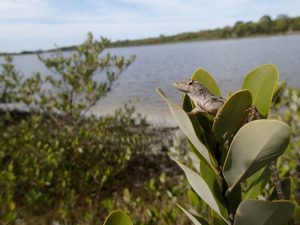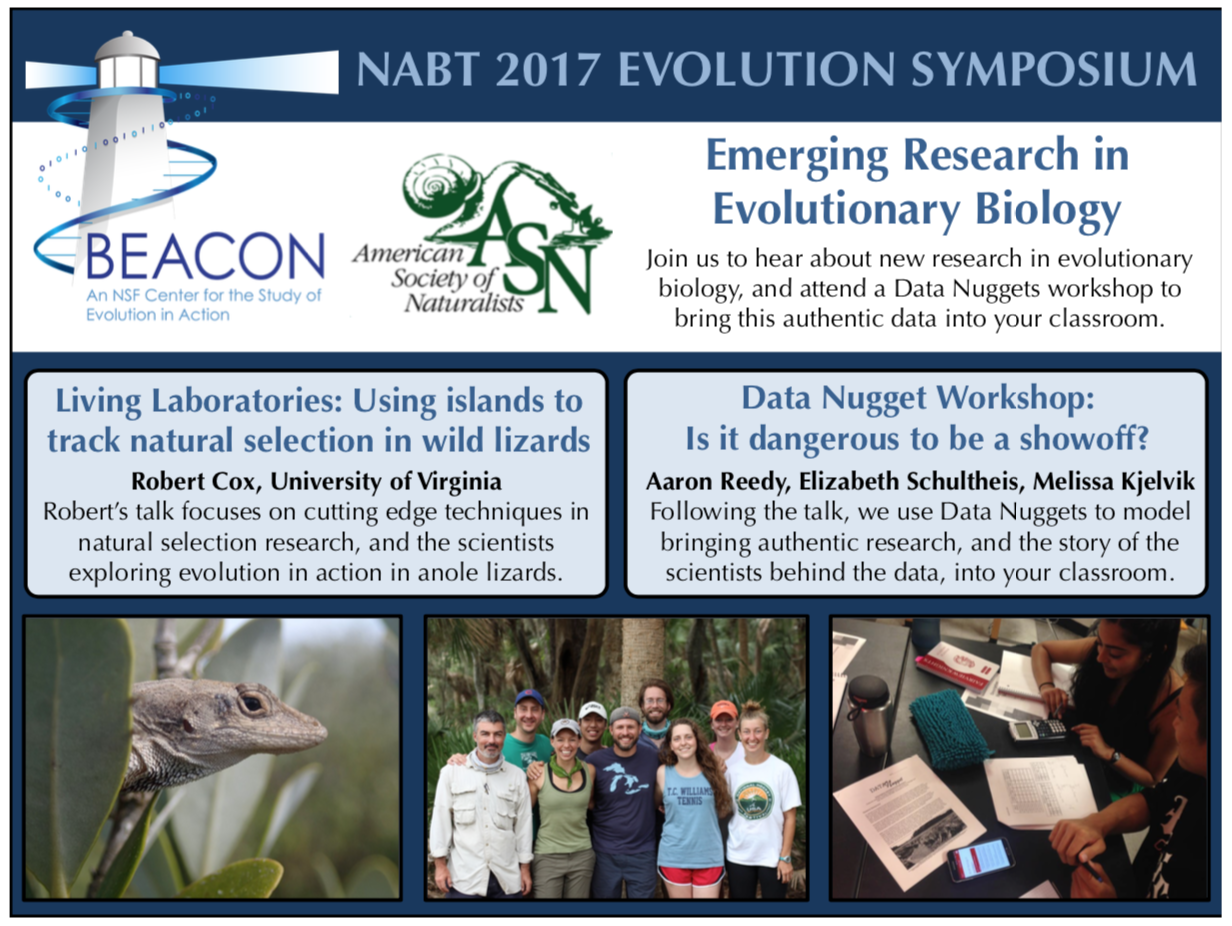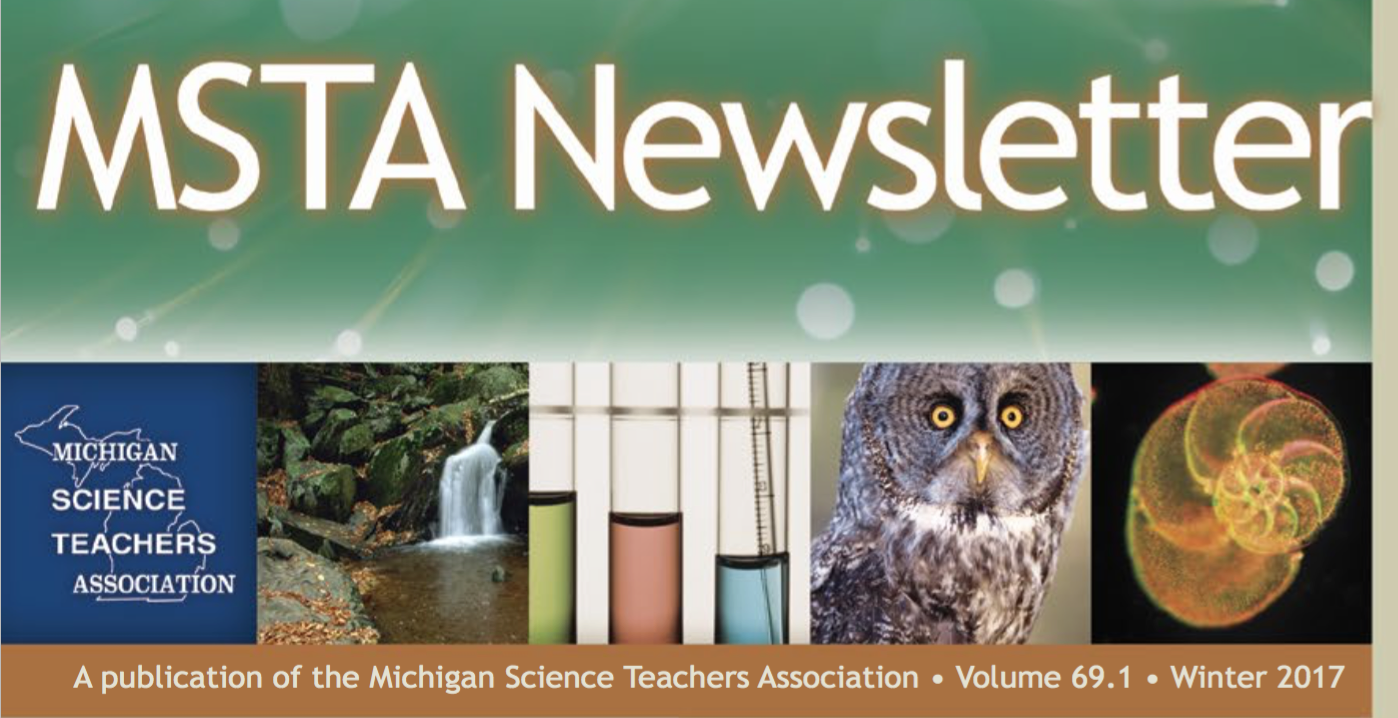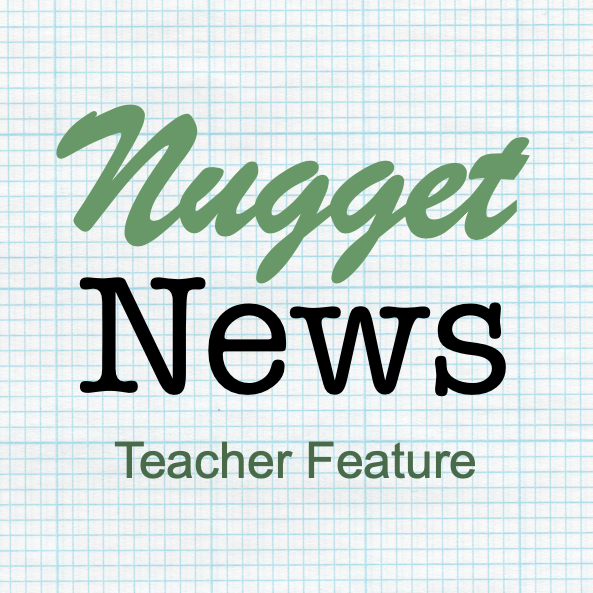
Our first Teacher Feature is by Karen Murphy, who recently used one of our new Data Nuggets by the Harvard Forest LTER with her ecology students. Karen a high school science and special education teacher at Summit Academy, a public day school in Amherst, Massachusetts.
I was able to use A window into a tree’s world Data Nugget with my ecology class as part of a unit on the carbon cycle. I found that students were interested in the relationship between tree rings and temperature/climate. They appreciated the idea of being able to determine past climate and tree age using tree rings. I asked one student for specific feedback and she said that the assignment was “interactive, informative, and fun.”
This Data Nugget provided students with access to a current, real example of the scientific method in action. For example, the class was able to practice identifying the independent and dependent variables, graph and analyze data, and to build on this knowledge to creatively form their own questions for further research.
I greatly appreciate the Teacher Guide and PowerPoint that were found on the web page. There is a lot of valuable information to share with the class, including instructional material on the science of climate change and sources of evidence. I now hope to incorporate more Data Nuggets into future classes.
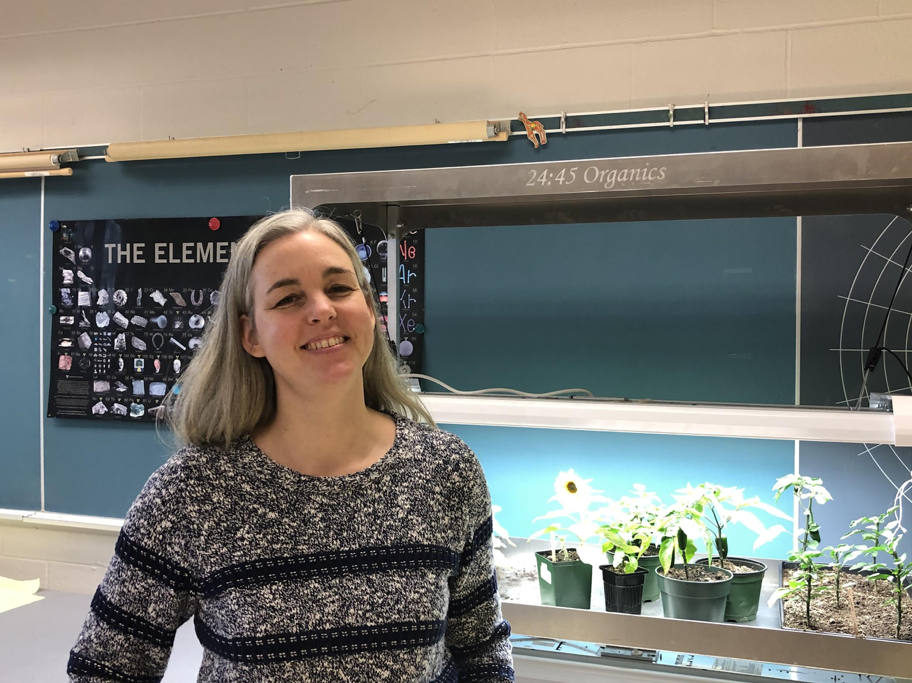
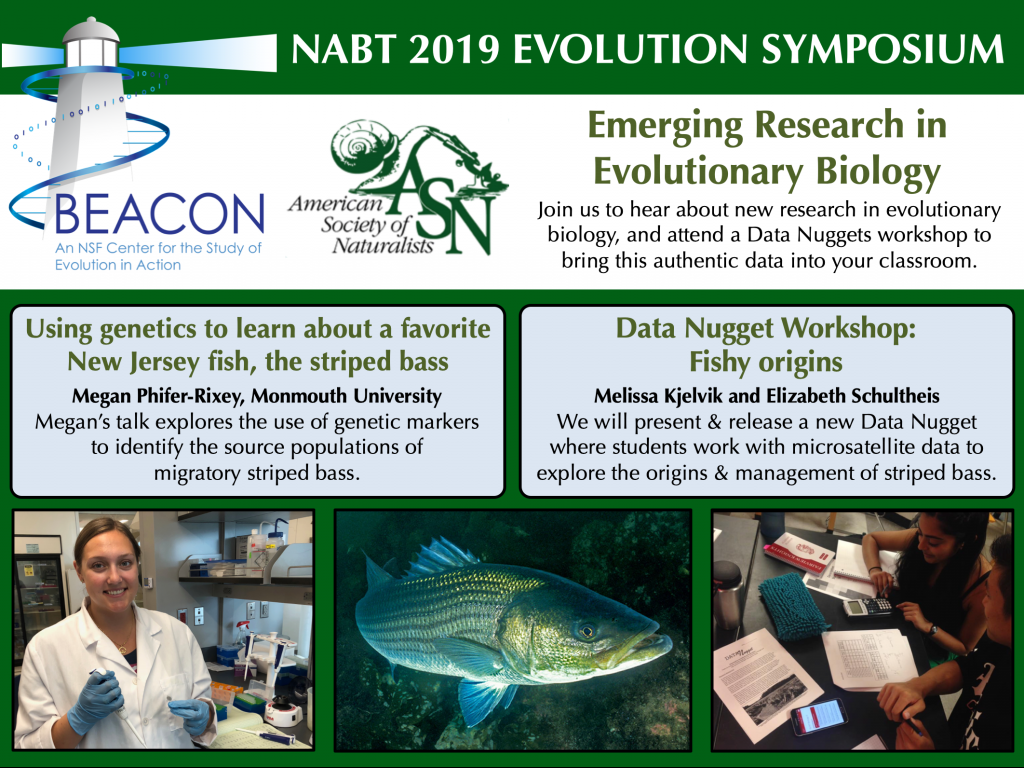
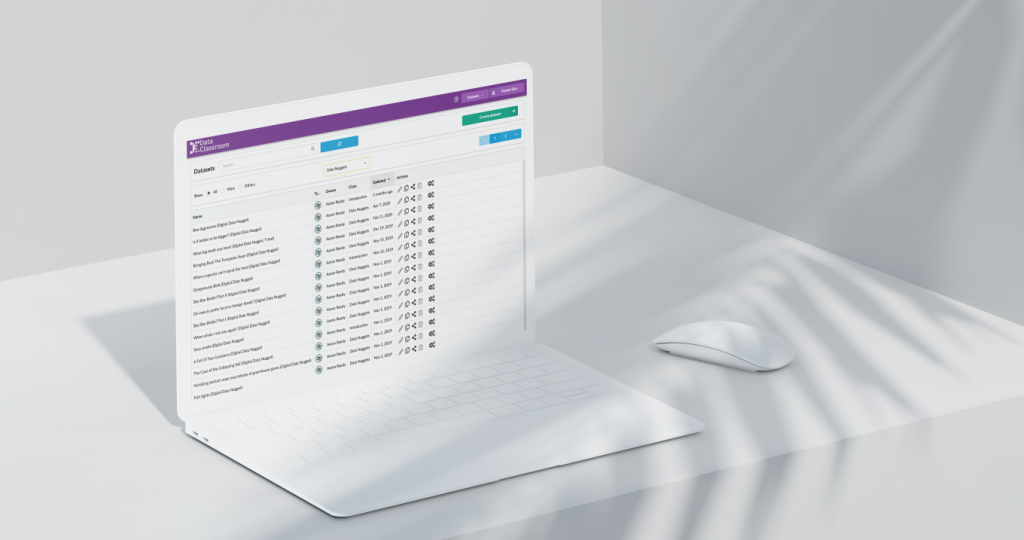
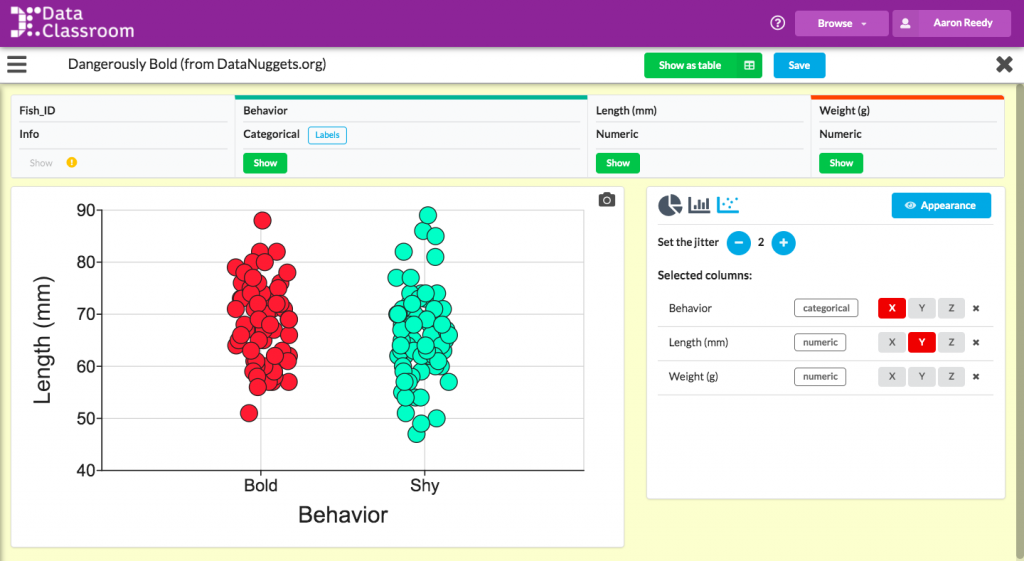
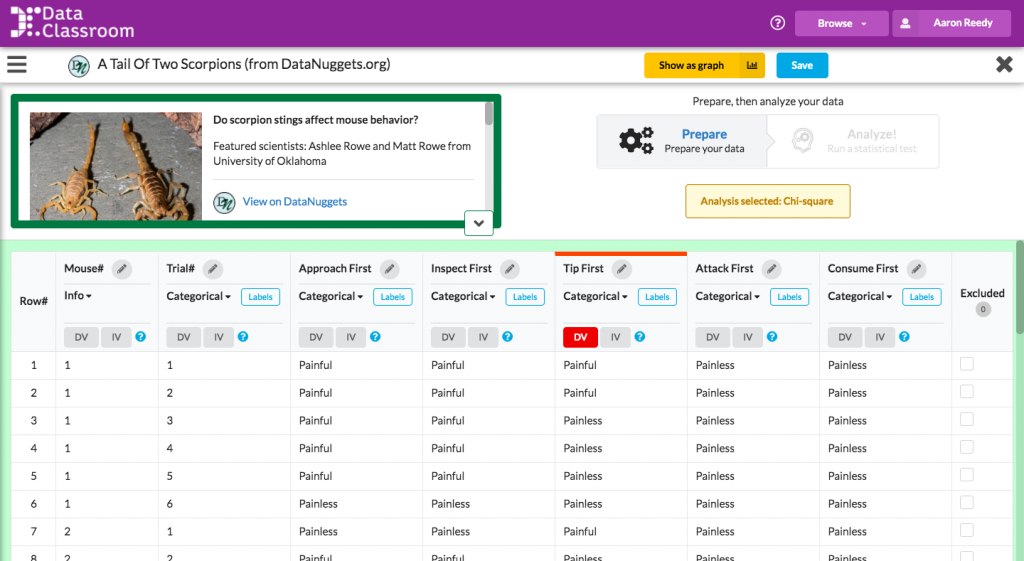

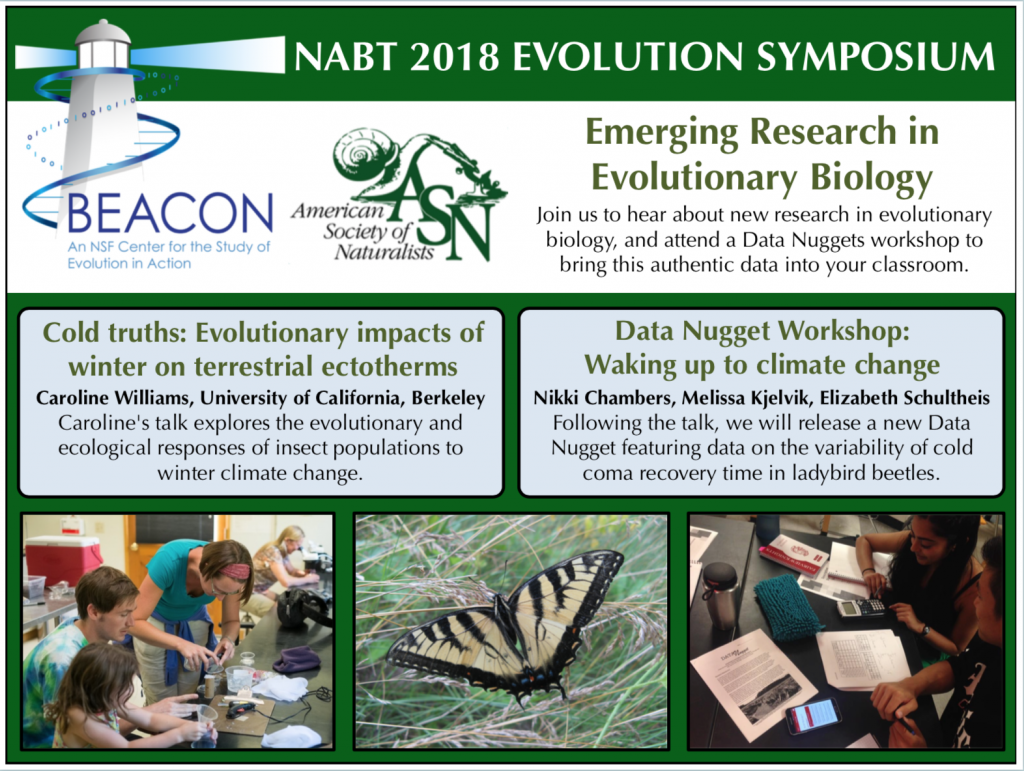
 If you’re not following Data Nuggets on social media yet, you should! We have four great ways to keep up to date about the newest Data Nuggets released and when we add new features:
If you’re not following Data Nuggets on social media yet, you should! We have four great ways to keep up to date about the newest Data Nuggets released and when we add new features:


